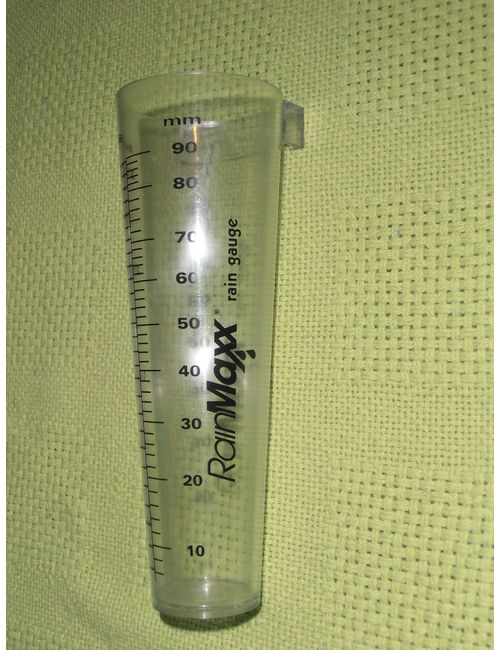Rain Gauge Buying Guide: What You Required to Know for Optimal Performance
Rain Gauge Buying Guide: What You Required to Know for Optimal Performance
Blog Article
Revealing the Science Behind Rain Evaluates: Just How These Instruments Play an Essential Duty in Environment Research and Environmental Monitoring
Rainfall determines, seemingly simple tools, hold a profound value in the world of climate research and environmental tracking. These simple instruments silently gather one of nature's most vital aspects-- rains. Behind their unpretentious facade exists a complicated scientific research that is essential for understanding the characteristics of our atmosphere. As we peel off back the layers of this clinical veil surrounding rain determines, we discover a globe where accuracy, information accuracy, and precise observation assemble to reveal a much deeper understanding of our transforming environment and its influence on the world.
Relevance of Rainfall Gauges
Rain determines play an essential duty in tracking and determining precipitation degrees, giving essential data for environment study and analysis. These gadgets are basic in quantifying the amount of rains that happens in a certain area over a specific period. By accumulating and determining rain, rainfall gauges deal important understandings into the distribution and intensity of precipitation, aiding meteorologists, hydrologists, and climatologists in understanding weather patterns and fads.
Among the essential reasons why rain gauges are vital is their ability to supply local and precise information. Unlike satellite or radar-based measurements, which supply more comprehensive observations, rainfall gauges deal precise details particular to the location where they are put. This localized information is vital for different applications, consisting of flood forecasting, dry spell surveillance, and water source administration. Furthermore, long-lasting information gathered from rainfall gauges assists in analyzing environment modification effects and patterns, adding considerably to scientific research study and decision-making procedures. Fundamentally, rain gauges work as essential tools in the field of weather forecasting and environmental scientific research, playing an essential function in advancing our understanding of weather condition and climate characteristics.
Types of Rain Scales

Functionality and Operation
In the realm of environment research and meteorological studies, the performance of rainfall assesses hinge on their intricate functionality and exact operational systems. Rainfall determines are made to precisely gauge the amount of rainfall that tips over a certain location throughout a collection period. These devices usually consist of a channel that gathers rainwater and channels it into a gauging tube. The gauging tube is noted with adjusted dimensions that permit the precise metrology of rainfall.
The functionality of rainfall evaluates is based on the principle of determining and accumulating rain in a standard manner. This collected data is important for comprehending regional weather condition patterns, tracking long-term environment patterns, browse around this web-site and evaluating ecological impacts. To ensure precise measurements, rain determines demand to be tactically placed in open areas far from obstructions such as structures or trees that can conflict with the collection process.
The functional element of rain assesses includes regular maintenance to stop debris build-up, calibration checks to preserve dimension precision, and data tape-recording for analysis (rain gauge). Generally, the capability and procedure of rain determines are necessary for collecting reliable precipitation information vital to climate study and ecological surveillance
Function in Climate Research
Offered the critical significance of accurate precipitation dimensions in understanding climate patterns and environmental effects, the role of rain assesses in environment research study is important. Rain evaluates give vital data for climate study by quantifying the amount of precipitation that drops over a specific area throughout a given period. This data is critical for keeping an eye on long-lasting fads in precipitation patterns, assessing the effect of climate change on rainfall circulation, and enhancing environment designs.

Environment researchers make use of data collected from rain gauges to examine variants in rainfall levels, identify local environment patterns, and evaluate the effectiveness of water resource administration approaches. By contrasting historical rainfall data with existing measurements, researchers can identify changes in precipitation patterns, such as changes in the regularity or intensity of rainfall occasions. This info is essential for understanding exactly how environment adjustment is affecting precipitation characteristics and can help policymakers make educated choices regarding adjustment and mitigation strategies.
Applications in Ecological Tracking

In flood forecasting, rain gauge data right here aids to track rains strength and distribution, allowing authorities to provide prompt cautions and take needed steps to alleviate flooding threats (rain gauge). Dry spell tracking relies upon rain scale data to evaluate dampness degrees in the dirt and track rainfall deficiencies, aiding in the identification of drought-prone locations and the execution of drought feedback methods
Furthermore, rainfall gauge information plays a vital role in water resource monitoring by providing info on water schedule and usage fads. Additionally, in agriculture, rainfall scale information helps farmers in optimizing watering timetables, crop selection, and general ranch management methods based on local rainfall patterns.
Final Thought
In verdict, rainfall determines are important tools for determining precipitation, supplying useful information for environment research study and environmental tracking. With different types and performances, rain evaluates play a vital function in comprehending rainfall patterns and their influence on the setting. By precisely determining rainfall, these tools add to the innovation of clinical understanding and assistance in making notified decisions related to water source monitoring and catastrophe preparedness.
Rain evaluates play a crucial duty in surveillance and measuring precipitation degrees, offering necessary information for environment study and evaluation. The conventional rainfall gauge, understood as the "tipping container" scale, is one of the most generally utilized devices. Ultrasonic rain evaluates usage noise waves to identify the visibility of rainfall, offering real-time information on rainfall degrees.Climate scientists use information accumulated from rainfall you could try this out evaluates to analyze variants in precipitation degrees, identify local climate patterns, and evaluate the performance of water source monitoring approaches.In verdict, rainfall assesses are vital devices for determining rainfall, giving valuable information for environment research study and environmental tracking.
Report this page